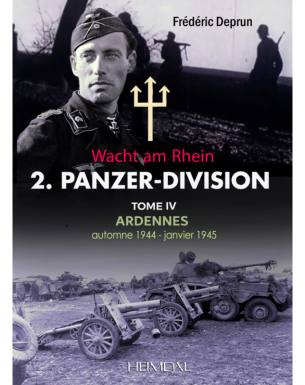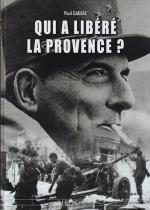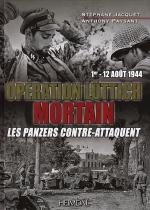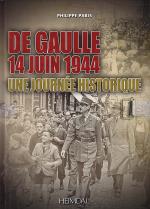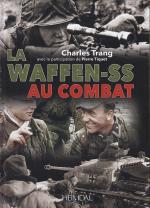The book 2. Panzer-Division, Ardennes, autumn 1944 - January 1945 – volume IV – covers the four months of engagement of the Austrian Armoured Division between mid-September 1944 and mid-January 1945. A time of reorganization of the unit followed by combats which covers two key periods: The restructuring of autumn 1944 between the Rhine and the Westwall which would lead it to the heart of the German offensive "Wacht am Rhein" led in Luxembourg and Belgium from December 16, 1944.
The Normandy fighters at Caumont, Mortain and Chambois had suffered heavy losses during the combats of the summer of 1944. The faded memories of the survivors all evoked the "Jabo Rennstrecke" (fighter-bomber racecourse) that was Normandy. Papa Guderian's powerful Panzer-Regiment 3 had left almost all of its engines in the Bocage and the motorized and mechanized fleet of the Division was decimated. At the beginning of September 1944, at the time of the crossing of the Belgian and Luxembourg borders, it was unimaginable that the 2. Panzer-Division could find itself at the forefront of a massive German offensive nearly 80 kilometers in the heart of the American lines after only eight days of fighting! And yet, the German effort of conscription, industrial production and equipment of the fall of 1944 added to the experience of the officers made it possible to realize this miraculous but risky bet! An intrepid race to the Meuse to the outskirts of Dinant which proved progressively destructive and which began a slow agony for the 2. Panzer-Division. Oberst von Lauchert's unit now had to retreat into localized defensive actions, before a response in January 1945 on the November positions in the Westwall.
For the 2. Panzer-Division, there had been the Blitzkrieg of 1939/1940 in Poland and France, the ride in the Balkans and Greece, then the quagmire in front of Moscow in 1941, the stalemate of the Battle of Kursk / Orel in 1943 then Normandy... A succession of violent and deadly engagements punctuated by long periods of restructuring. The eight days of the offensive in December 1944 were to bring difficult times to the 2nd Panzer Division: the crossing of the Our at Dasburg and the fighting at Marnach, the heights of Munshausen and Hosingen, the capture of Clervaux, the brilliant assault on the Féitsch/Allerborn crossroads, the attack on Noville, the Ortheuville bridge and then the destructive encirclement of Celles/Foy/Conjoux in front of Dinant, before the last acts of resistance at Bure and Oberwampach in January 1945. In Volume V, we will cover the last months of the 2nd Panzer Division's engagement over the days of the Battle of Prüm in Germany, then the disaster on the Rhine, and finally, as the final battles, the line of defense between Fulda and Steinach before the unit's slow dissolution in the German and Czech landscape in May 1945...
